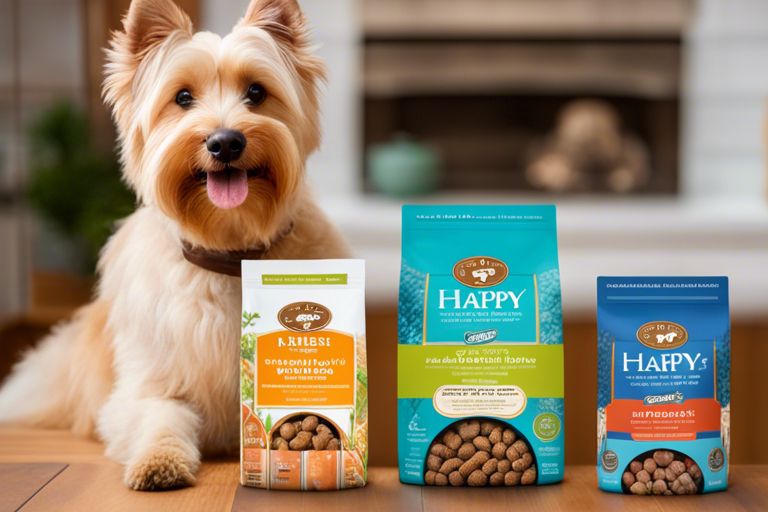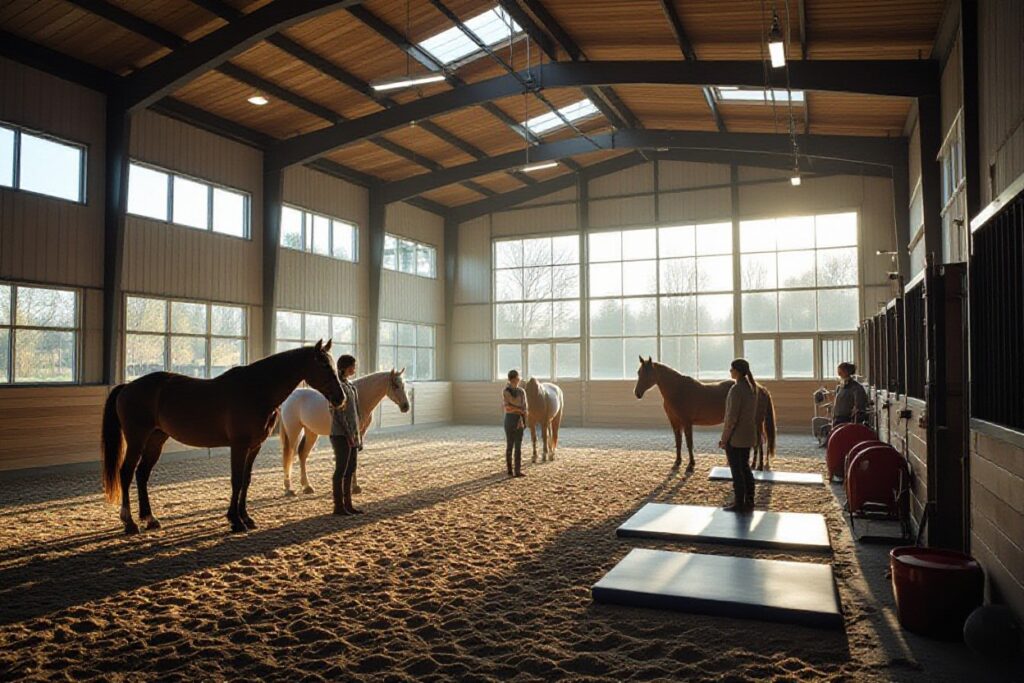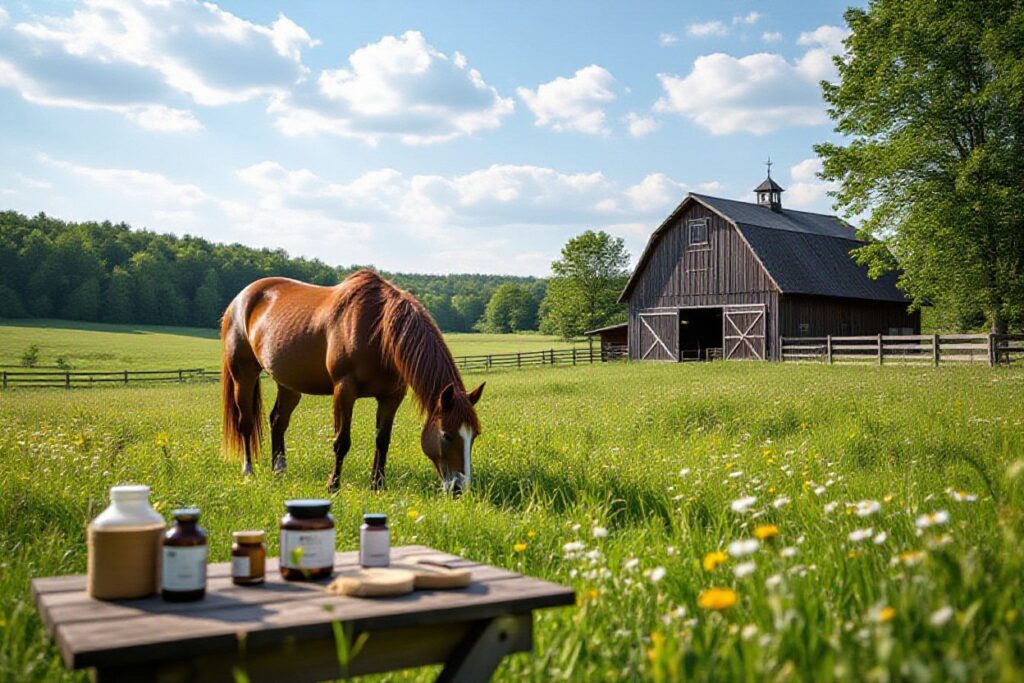As pet owners, we all want to ensure that our furry friends are happy and healthy. However, for some pets, allergies and sensitivities to certain foods can cause discomfort and even serious health issues. That’s where hypoallergenic pet food comes in. By understanding the importance of managing allergies and sensitivities in our pets, and the role that specialized pet food can play, we can ensure that our beloved animals live their best lives.
From rare ingredients to specialized formulations, hypoallergenic pet food can be a game-changer for many pets and their owners. In this blog post, we will delve into the world of hypoallergenic pet food, exploring the benefits and considerations of these specialized diets, as well as providing insights into managing pet allergies and sensitivities. Whether you have a pet with known allergies or simply want to ensure that your furry companion is eating the best food for their needs, this post will provide valuable information to help you make informed decisions about your pet’s diet.
Key Takeaways:
- Hypoallergenic pet food is formulated to reduce allergens: It is designed to minimize common allergens such as wheat, corn, and soy, and use alternative protein sources such as turkey, duck, or salmon.
- Consult a veterinarian before switching to hypoallergenic food: It is crucial to get professional advice before making any changes to your pet’s diet, especially if your pet has allergies or sensitivities.
- Look for limited ingredient diets: These types of hypoallergenic foods have a simpler ingredient list, making it easier to identify and eliminate potential allergens.
- Monitor your pet’s reactions: Keep a close eye on your pet’s response to the hypoallergenic food, as it may take some time to see improvement in allergies or sensitivities.
- Avoid self-diagnosing your pet’s food allergies: Your pet’s symptoms may be due to other health issues, so it’s essential to seek professional guidance to determine the underlying cause of their reactions.
- Consider hypoallergenic treats as well: To fully manage your pet’s allergies and sensitivities, it’s important to extend hypoallergenic options to treats and snacks as well.
- Gradual transition is key: When switching to hypoallergenic pet food, do so gradually over the course of a week to prevent digestive upset.
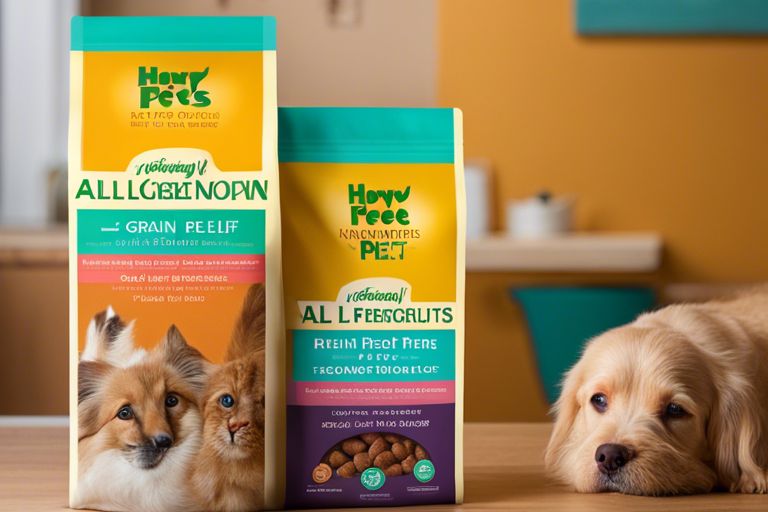
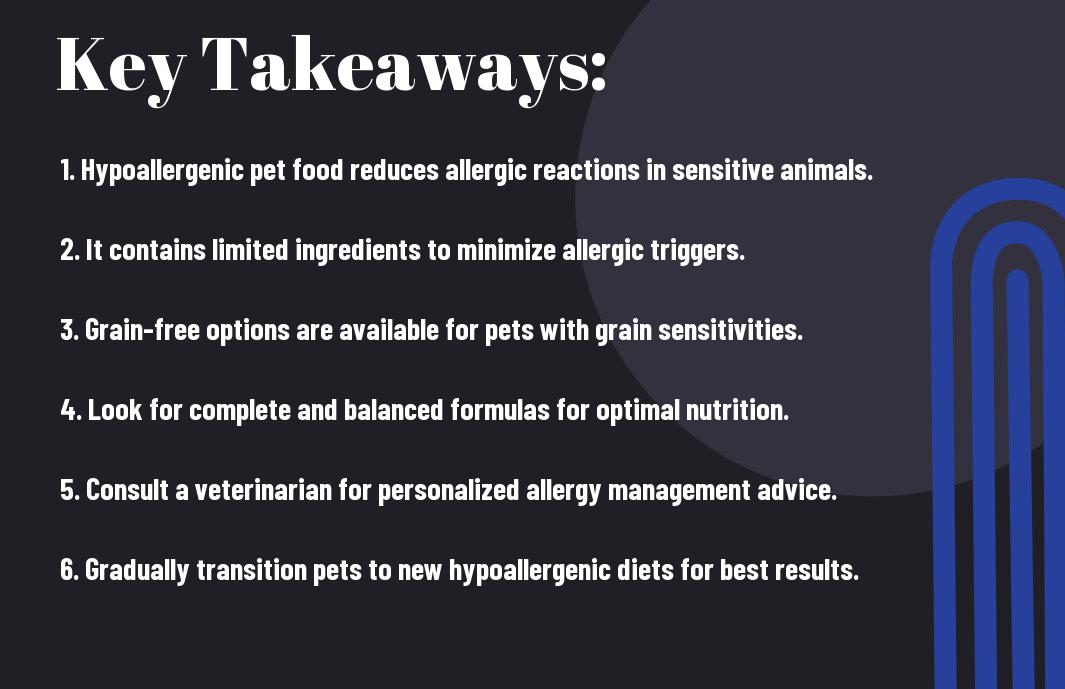
The Science Behind Pet Allergies
Understanding the science behind pet allergies is crucial in managing and addressing these issues. The allergic response in pets is similar to that in humans, with the immune system reacting to certain substances as harmful, triggering an allergic reaction. These substances, known as allergens, can be found in various pet foods and can cause a range of symptoms in animals, including itching, gastrointestinal issues, and respiratory problems.
Common Allergens in Pet Foods
One of the most common allergens in pet foods is protein sources such as beef, chicken, and dairy products. Additionally, grains like wheat and corn can also trigger allergic reactions in some pets. Pet owners need to be aware of these common allergens and carefully read the ingredient labels on pet food products to avoid potential triggers for their pets.
How Pets Develop Food Allergies
Allergies to specific ingredients in pet foods can develop over time as a result of repeated exposure to these substances. The immune system may begin to recognize certain proteins or other components in the food as harmful, leading to an allergic response. Genetic predisposition and environmental factors also play a role in the development of food allergies in pets.
The development of food allergies in pets can be influenced by genetic predisposition, repeated exposure to certain ingredients, and environmental factors. Understanding these factors can help pet owners manage and prevent food allergies in their beloved animals, ensuring their health and well-being.
Identifying Allergic Reactions in Pets
Now, let’s delve into the crucial process of identifying allergic reactions in pets. Just like humans, pets can suffer from food allergies and sensitivities that can cause discomfort and health issues.
Symptoms of Food Allergies in Pets
An allergic reaction to pet food can manifest in various symptoms, including itching, skin redness, ear infections, gastrointestinal issues, and respiratory problems. It’s essential for pet owners to closely observe their pets for any abnormal behavior or physical signs that could indicate a food allergy.
Furthermore, it’s important to note that food allergies in pets can develop over time, making it challenging to pinpoint the exact cause. Some pets may only display mild symptoms, while others may experience severe discomfort, making it crucial to address any potential food allergies promptly to prevent further health complications.
Diagnostic Methods for Pet Food Allergies
Symptoms of food allergies in pets can often mimic those of other health issues, making it vital to utilize diagnostic methods to accurately identify the cause of the symptoms. Veterinarians may recommend elimination diets, blood tests, and skin or saliva tests to determine if a pet is suffering from a food allergy. These methods can provide valuable insights into the specific ingredients that may be triggering the allergic reactions, allowing pet owners to make informed decisions regarding their pet’s diet.
For instance, elimination diets involve eliminating potential allergens from a pet’s diet and gradually reintroducing them to observe any adverse reactions. This method can help pinpoint the specific ingredient causing the allergy, enabling pet owners to choose pet foods that are free from the identified allergen.
Components of Hypoallergenic Pet Food
Your pet’s diet plays a crucial role in managing allergies and sensitivities. Hypoallergenic pet food is specifically formulated to reduce the risk of triggering allergic reactions in pets. These specialized diets often include unique components that can help alleviate symptoms associated with food allergies and sensitivities.
Types of Hypoallergenic Diets
An elimination diet is often recommended for pets with suspected food allergies. This involves feeding your pet a novel protein and carbohydrate source that they have not been previously exposed to. Limited ingredient diets, on the other hand, contain a minimal number of ingredients to reduce the risk of triggering allergic reactions. Any hypoallergenic diet should be recommended and supervised by a veterinarian to ensure it meets your pet’s nutritional needs.
- Novel protein and carbohydrate sources
- Limited ingredient diets
- Hydrolyzed protein diets
- Prescription hypoallergenic diets
- Supervised by a veterinarian
Key Ingredients and Their Benefits
The key ingredients in hypoallergenic pet food are carefully selected to minimize the risk of triggering allergic reactions. Commonly utilized ingredients include novel protein sources such as venison, rabbit, and duck, as well as easily digestible carbohydrates like sweet potatoes and peas. The utilization of hydrolyzed proteins, where the protein molecules are broken down into smaller sizes, can also be beneficial in reducing the allergenic potential of the diet.
Components of the hypoallergenic pet food are carefully chosen to provide essential nutrients and support overall health while minimizing the risk of triggering allergic reactions. Key ingredients such as novel protein sources and easily digestible carbohydrates play a crucial role in managing food allergies and sensitivities in pets.
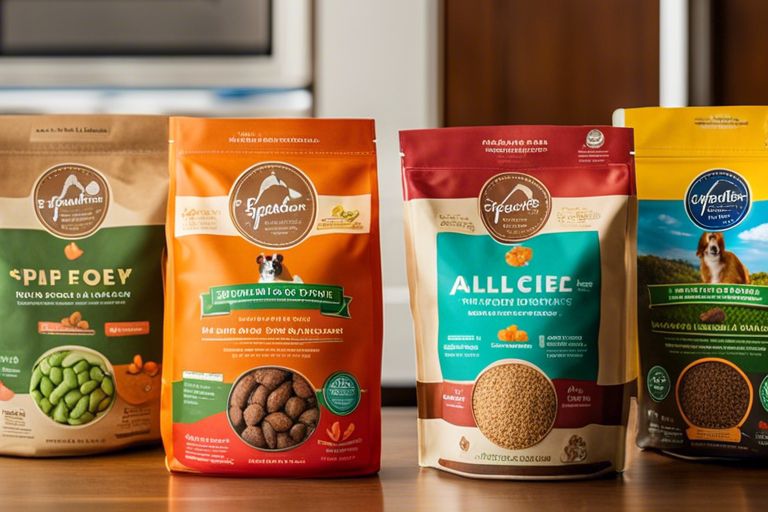
Transitioning to Hypoallergenic Pet Food
After determining that your pet requires a hypoallergenic diet, it is important to transition them to their new food gradually. Abrupt changes in diet can disrupt your pet’s digestive system and lead to further sensitivities or allergies. With a well-planned transition, you can help your pet adapt to their new diet without experiencing any adverse reactions.
Creating a Transition Plan
For a successful transition, start by mixing small amounts of the new hypoallergenic pet food with your pet’s current food. Over the course of 7-10 days, gradually increase the proportion of the new food while decreasing the old food until your pet is fully transitioned. Pay close attention to any changes in your pet’s behavior, appetite, and stool during this process. If you notice any negative reactions, slow down the transition or consult your veterinarian for guidance.
Monitoring Your Pet’s Reaction
An essential part of transitioning to hypoallergenic pet food is monitoring your pet’s reaction to the new diet. Keep a lookout for symptoms such as itching, excessive licking, ear infections, vomiting, diarrhea, or changes in coat quality. Any of these signs could indicate a negative response to the new food, signaling the need for further evaluation or adjustments in the transition plan.
Transitioning to hypoallergenic pet food can be a gradual process that may require patience and careful observation. It is crucial to monitor your pet’s reaction closely and make necessary adjustments to ensure a smooth transition and minimize any potential allergic or sensitive responses.
Homemade vs. Commercial Hypoallergenic Pet Food
Not all pet owners are aware of the options available when it comes to managing their pet’s allergies and sensitivities. One of the key decisions to make is whether to choose between homemade or commercial hypoallergenic pet food.
Pros and Cons of Homemade Diets
For pet owners considering homemade hypoallergenic pet food, it’s important to weigh the pros and cons before making a decision. Here is a breakdown of the advantages and disadvantages:
| Pros | Cons |
| Fresh and natural ingredients | Difficulty in ensuring balanced nutrition |
| Control over ingredients and quality | Time-consuming preparation and cooking |
| Potential cost savings | Risk of contamination and spoilage |
Evaluating Commercial Hypoallergenic Food Options
With commercial hypoallergenic pet food, pet owners can benefit from the convenience and assurance of a carefully formulated product. However, it’s crucial to evaluate the options available before making a choice.
It is important to carefully read the ingredient list and look for specific features such as novel protein sources, limited ingredients, and absence of common allergens such as wheat, soy, and artificial additives.
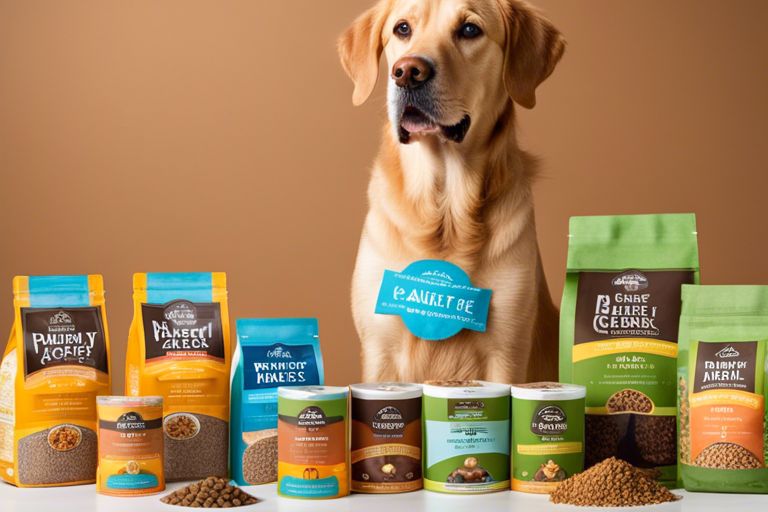
Holistic and Natural Remedies for Allergy Management
Unlike traditional medications, holistic and natural remedies for allergy management focus on treating the root cause of allergies and sensitivities, rather than just alleviating the symptoms. These remedies often involve a combination of supplements, probiotics, and other natural additives that can help support the immune system and promote overall health.
Supplements and Additives for Allergy Relief
Supplements and natural additives such as omega-3 fatty acids, vitamin E, and quercetin have been found to help reduce the symptoms of allergies in pets. These ingredients can help decrease inflammation, support the skin and coat, and boost the immune system. When used in combination with a hypoallergenic diet, these supplements can provide relief for pets suffering from food sensitivities and allergies.
The Role of Probiotics in Managing Food Sensitivities
Managing food sensitivities in pets can be challenging, but the use of probiotics has shown promise in helping to alleviate symptoms. Probiotics are beneficial bacteria that can help maintain a healthy balance of gut flora, which is essential for proper digestion and immune function. By promoting a healthy gut environment, probiotics can help reduce the incidence and severity of food sensitivities in pets.
The use of probiotics in managing food sensitivities is a natural and effective approach that can help improve digestive health, reduce inflammation, and support the immune system. By incorporating probiotics into a pet’s diet, pet owners can help alleviate symptoms of food sensitivities and promote overall well-being.
Case Studies and Success Stories
Despite the prevalence of pet food allergies and sensitivities, many pet owners have successfully managed their pets’ conditions through the use of hypoallergenic pet food. Here are a few inspiring case studies and success stories:
- A study of 100 dogs with food allergies found that 85% showed improvement in their symptoms after being switched to a hypoallergenic diet.
- A cat suffering from chronic digestive issues experienced a 50% reduction in symptoms within the first month of being on a hypoallergenic diet.
- In a survey of pet owners, 90% reported a noticeable improvement in their pet’s coat and skin health after switching to hypoallergenic pet food.
Real-life Cases of Improvement
Improvement in pet food allergies and sensitivities is not just a possibility, but a reality for many pet owners. One such case involved a dog who had been suffering from recurrent ear infections and itchy skin for years. After switching to hypoallergenic pet food, the dog’s symptoms subsided significantly within a few weeks, leading to a happier and healthier pet.
Another real-life success story comes from a cat owner who noticed a dramatic improvement in her cat’s digestive issues after transitioning to a hypoallergenic diet. The cat’s vomiting and diarrhea reduced significantly, and the overall quality of life for the pet improved drastically.
Long-term Management of Pet Food Allergies
Improvement in pet food allergies and sensitivities is just the first step towards long-term management. It is essential to continue providing hypoallergenic pet food to ensure that the symptoms do not resurface. Consistency in diet and regular check-ups with a veterinarian can play a crucial role in preventing relapses and maintaining a healthy, allergy-free lifestyle for pets.
Plus, incorporating supplements and additional veterinary care can provide comprehensive support for pets with food allergies, ensuring their overall well-being and quality of life over the long term.
Summing up
The management of pet food allergies and sensitivities is a complex and important issue for many pet owners. Understanding the difference between allergens and sensitivities, as well as the various hypoallergenic options available, is crucial in providing the best care for our furry friends. By focusing on high-quality ingredients, limited ingredient formulas, and specialty diets, pet owners can effectively manage their pet’s allergies and sensitivities while still providing them with the necessary nutrition.
The key to successfully managing pet food allergies and sensitivities is knowledge and proactive decision-making. With the right information, pet owners can confidently select the most suitable hypoallergenic pet food for their furry companions, ensuring that they lead happy, healthy, and allergy-free lives.
FAQ
Q: What is hypoallergenic pet food?
A: Hypoallergenic pet food is specially formulated to reduce or eliminate common allergens and irritants that may trigger allergic reactions in pets. These diets are designed for pets with food allergies or sensitivities.
Q: What ingredients are commonly found in hypoallergenic pet food?
A: Common ingredients in hypoallergenic pet food include novel protein sources such as duck, venison, or salmon, as well as novel carbohydrate sources like sweet potato, peas, or oats. These ingredients are less likely to trigger allergic reactions in pets.
Q: How can I tell if my pet needs hypoallergenic food?
A: Signs that your pet may benefit from hypoallergenic food include excessive itching, skin rashes, digestive issues, ear infections, and chronic respiratory problems. Consult with a veterinarian to determine if your pet has food allergies or sensitivities.
Q: Are there different types of hypoallergenic pet food?
A: Yes, there are different types of hypoallergenic pet food, including limited ingredient diets, hydrolyzed protein diets, and grain-free formulas. Each type is formulated to address specific dietary sensitivities and allergies in pets.
Q: Can I transition my pet to hypoallergenic food on my own?
A: It is best to transition your pet to hypoallergenic food under the guidance of a veterinarian. They can provide personalized recommendations and advice on how to safely switch your pet’s diet to minimize any potential adverse reactions.
